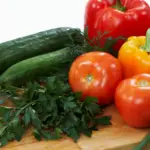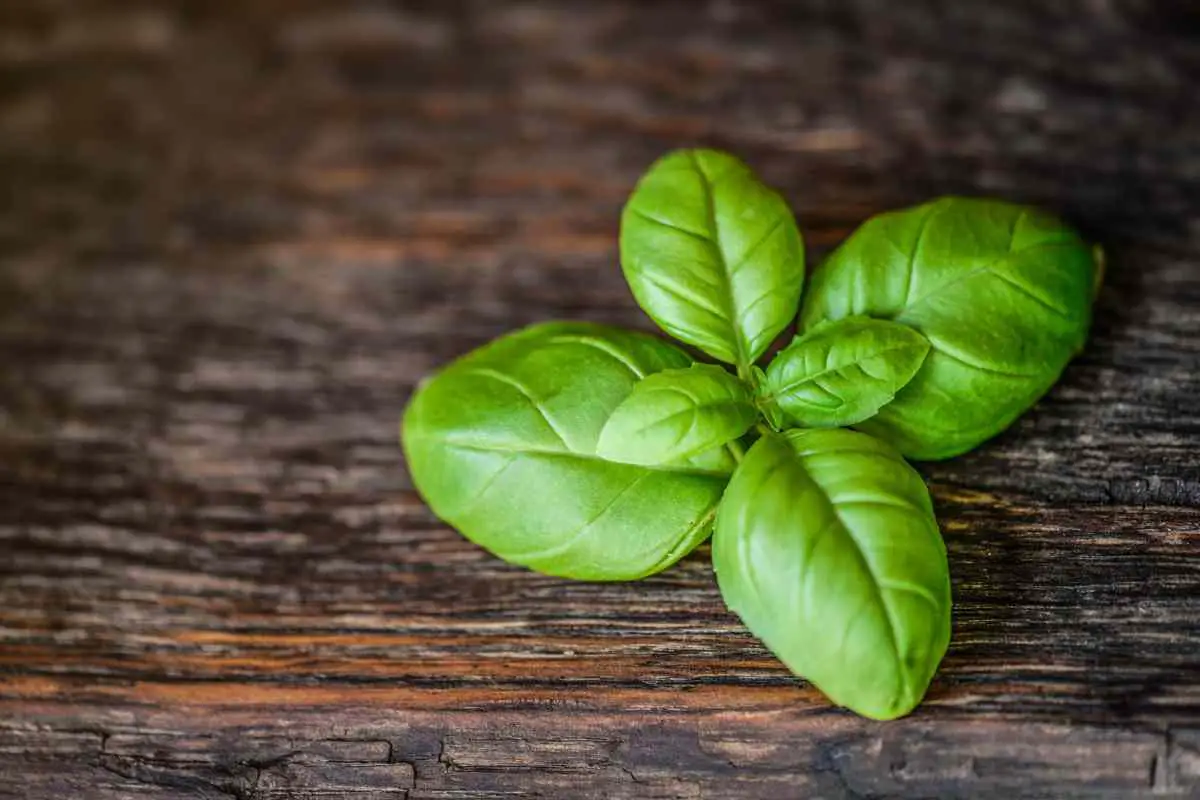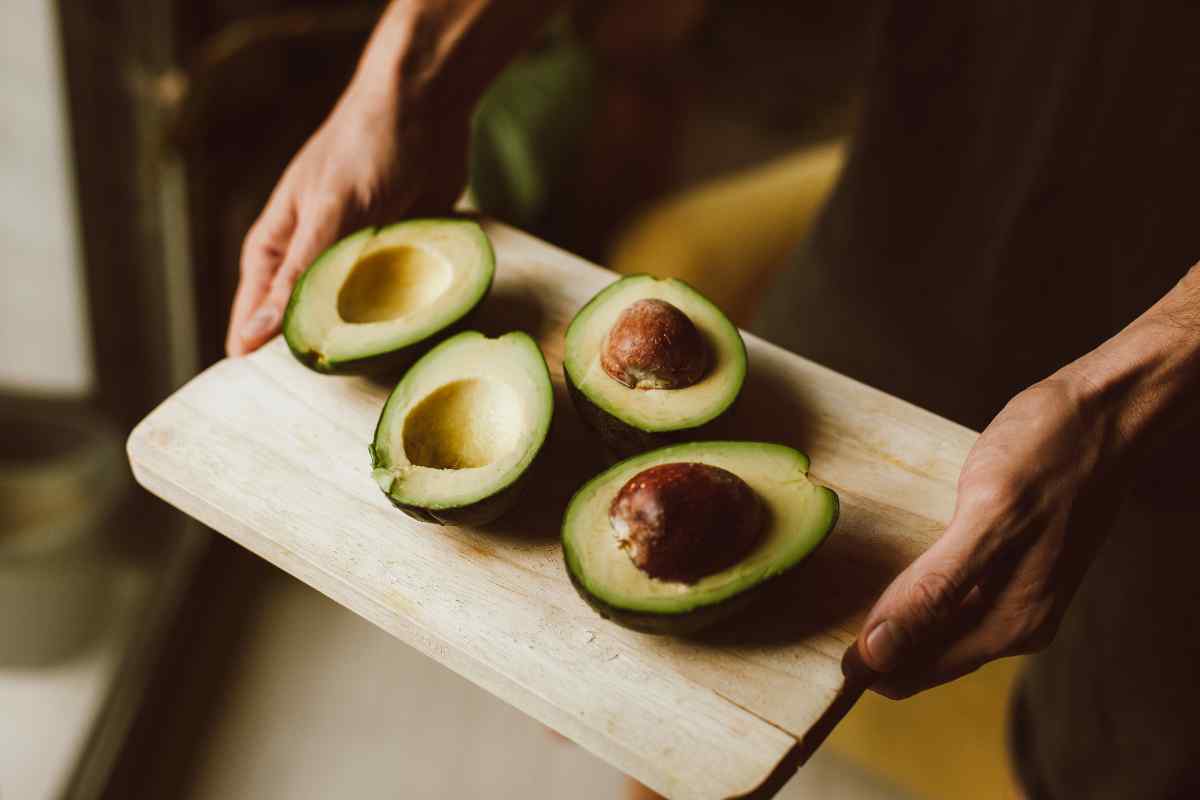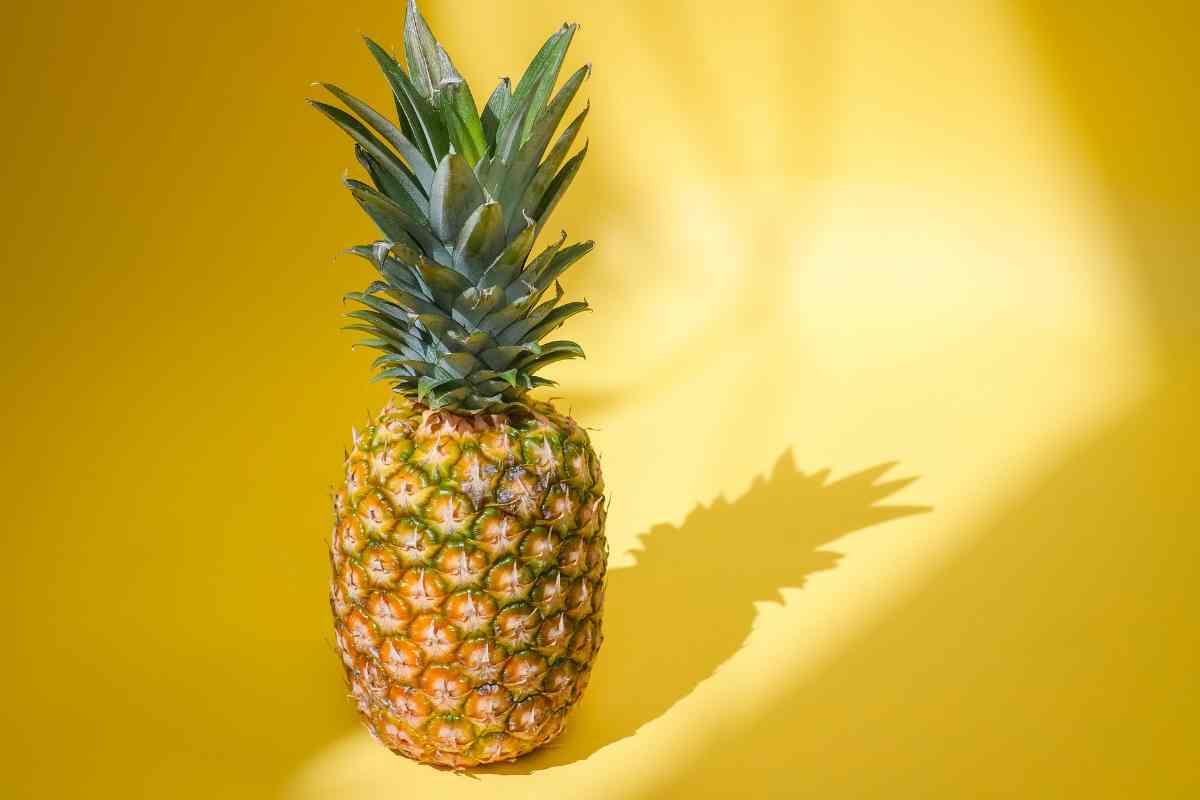Florida’s mild climate makes it an ideal place for year-round gardening. However, understanding the state’s growing season is critical to ensure that your garden thrives.
In this article, we will provide a comprehensive guide to the Florida growing season chart, including subheadings on planting, harvesting, and tips for a successful garden.
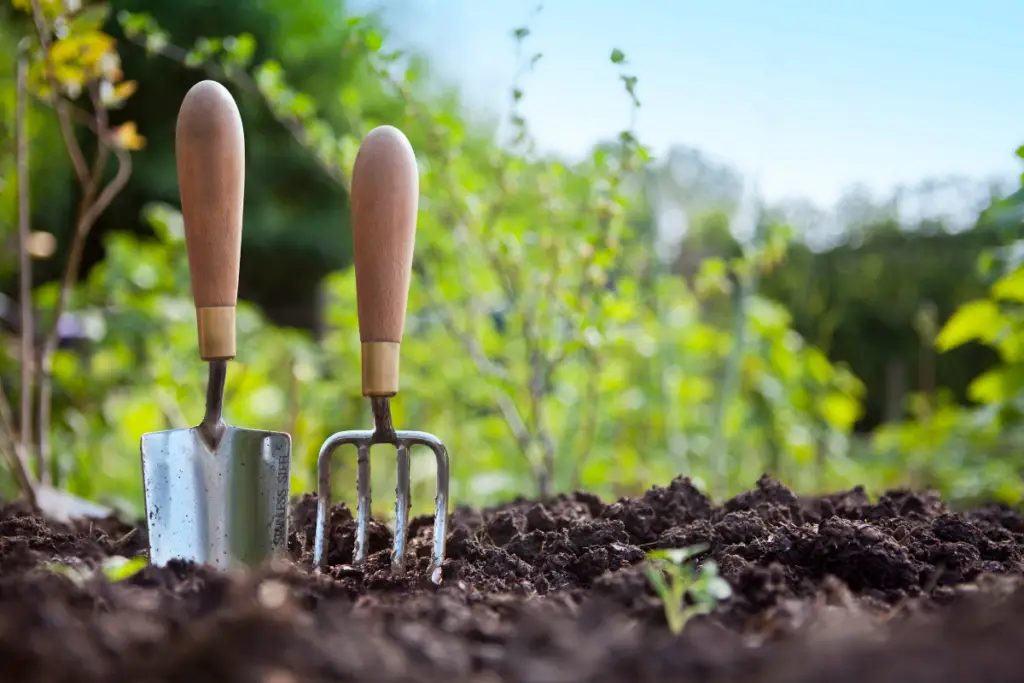
Table of Contents
Planting Season in Florida
Florida’s planting season varies depending on the region. North Florida has a shorter growing season due to its colder temperatures, while South Florida has a more extended planting season due to its warm climate.
The planting season in Florida typically starts in late winter or early spring, between February and March, and continues through the fall.
Here are some of the popular vegetables and fruits that can be planted in Florida during the planting season:
- Tomatoes – Planting season for tomatoes in Florida is between February and March. They require at least six hours of sunlight and well-draining soil.
- Peppers – Peppers can be planted from late February through March. They prefer well-drained soil and full sun exposure.
- Watermelon – Watermelons thrive in Florida’s warm weather and can be planted from March to July.
- Cucumbers – Cucumbers can be planted in Florida between February and April. They require a lot of sunlight and well-draining soil.
Harvesting Season in Florida
Harvesting in Florida also varies depending on the region and the type of crop. Generally, harvesting season in Florida is between late spring and early fall, from April to November.
Here are some of the popular vegetables and fruits that can be harvested in Florida during the harvesting season:
- Strawberries – Strawberry season in Florida is from December through April.
- Sweet Corn – Sweet corn can be harvested from late March to June, depending on the region.
- Blueberries – Blueberry season in Florida is from April to June.
- Citrus Fruits – Citrus fruits, such as oranges, grapefruits, and lemons, can be harvested from October through June, depending on the type of fruit.
Tips for a Successful Garden in Florida
- Choose the right plants – Select plants that are suited for the Florida climate and growing conditions.
- Irrigation – Watering is critical for a successful garden in Florida. Ensure that your garden receives an adequate amount of water.
- Soil Quality – Florida’s sandy soil may require additional soil amendments to enhance its fertility.
- Pest Management – Be aware of pests that can affect your garden. Implement pest management practices to keep your garden healthy.
Conclusion
Florida’s growing season offers a wide range of opportunities for gardeners. Understanding the Florida growing season chart is critical for a successful garden.
With proper planting and harvesting practices, and a focus on soil quality and pest management, you can have a thriving garden in Florida.
- How to Build a Planter Box for Bamboo: A Step-by-Step Guide

- Can Robotic Lawnmowers Handle Steep Slopes?

- Do You Need a Specific Lawn for a Robotic Lawnmower? Expert Advice

- Are Robotic Lawnmowers Safe for Pets and Children? Safety Features of Robotic Lawnmowers

- Why Use Robotic Lawnmowers? Advantages of Using a Robotic Lawnmower

- Is the GARDENA SILENO City 300 Cordless or Corded? A Clear Answer











